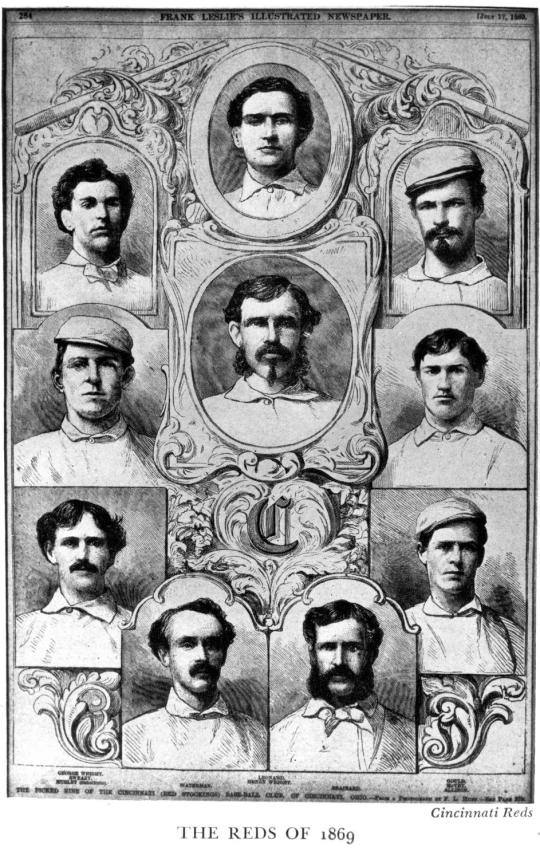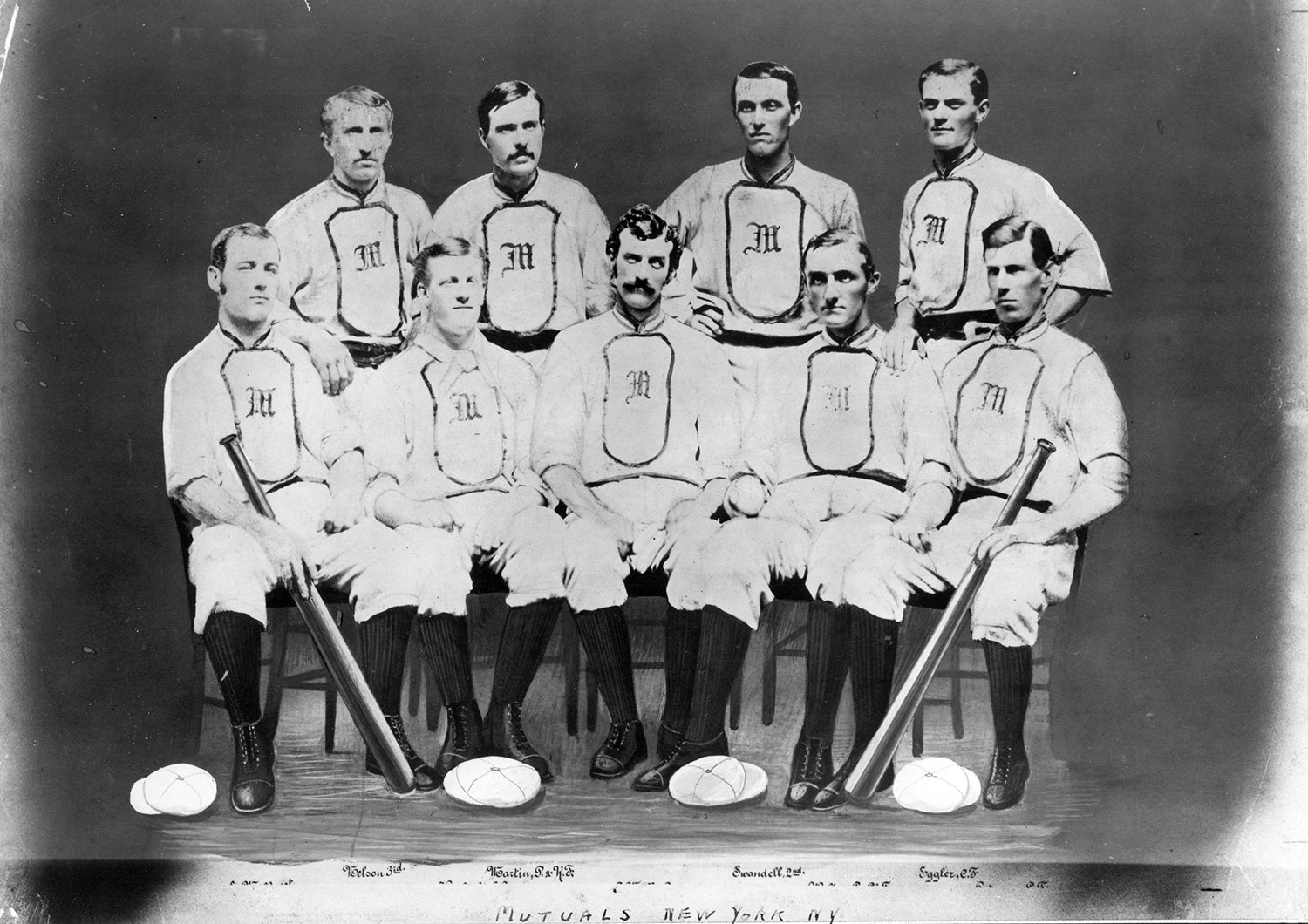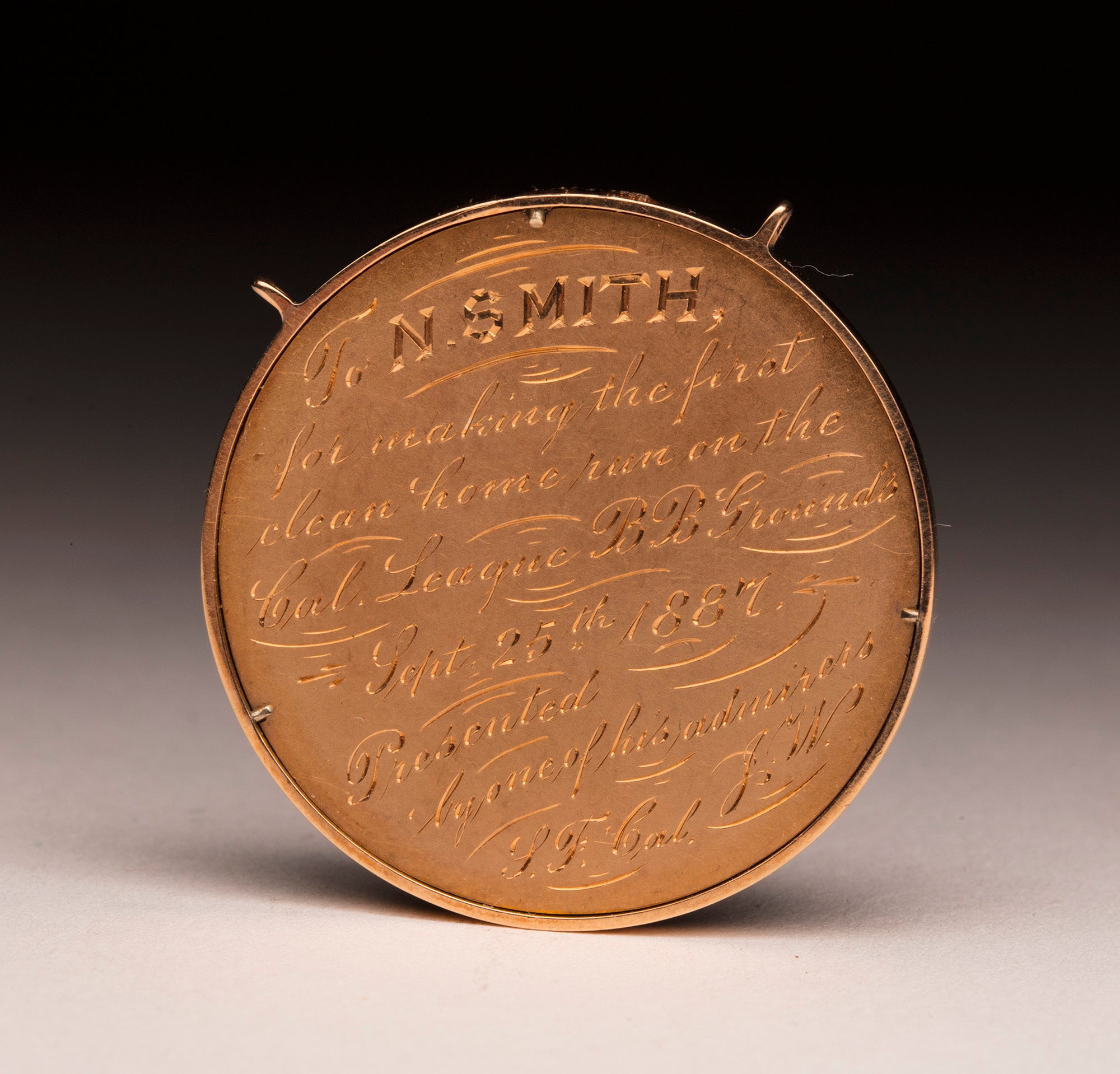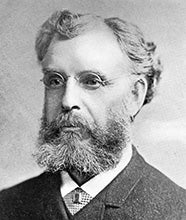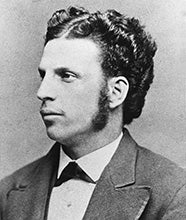- Home
- Our Stories
- Pro baseball began in Cincinnati in 1869
Pro baseball began in Cincinnati in 1869
The scores resemble those of modern-day football games. The opponents have largely faded into the annals of history. The impact of their efforts, however, continues to be felt today.
The Cincinnati Base Ball Club, also known as the Cincinnati Red Stockings, fielded the first known openly professional team in 1869 and played its first game against an opposing club on May 4.
By 1869, baseball (or base ball, as it was usually written at the time) was still a gentlemanly, mostly amateur sport, having survived the Civil War, which actually enabled the sport to spread across the United States. There had recently been a number of players who were being paid to play, but as yet, no team was openly known to be mostly or entirely composed of professionals.
The Cincinnati Base Ball Club was founded in 1866 and joined the National Association of Base Ball Players (NABBP) in 1867. They played their matches at the Union Cricket Club Grounds, which was led by George Ellard, a founding member of the baseball club, and where it happened that Harry Wright was a club professional in cricket. Due primarily to the efforts of Ellard and Wright, cricketers were recruited to play baseball, local athletes developed their skills, and Cincinnati acquitted itself well in its first year in the NABBP, losing only once in 17 matches on its 1867 tour. However, soon outsiders were brought in to supplement the abilities of those in the Queen City.
“[T]here was something special about 1869,” according to John Thorn, Major League Baseball’s Official Historian, “the manly admission of Harry Wright to the press that his Cincinnati Red Stockings were salaried and proud of it. The Reds were thus the first avowedly professional team in baseball history, a distinction that scholars insist on using to separate this mighty team from under-the-table schemers and gate-receipt communards who had preceded them. Besides, the Reds were the best team ever assembled to that point, and they came from all over.”
Over the next few years, those imports were men from prominent east coast clubs, and who were probably paid for their efforts. Among them were top hitters from the New York Mutuals, John Hatfield and Fred Waterman. From Philadelphia came catcher Doug Allison and from Brooklyn, pitcher Asa Brainard. The reinforced Cincinnati club would embark on a tour in 1868, and their hometown fans would have to pay for the privilege of watching the action, as the Union Grounds were enclosed and admission was charged. The club won 36 matches to go against seven losses.
As on-field competition heated up between baseball clubs, so, too, was there a frenzy to attract the most talented baseball players in the country. Enclosing a team’s grounds, as Cincinnati had done, enabled clubs to charge their fans money to attend. As revenues grew, there was more money available to spend, and clubs began to pay for a player’s services. The NABBP, realizing rosters were partially composed with paid players, decided to allow professional members in 1869. Spurred by this, Harry Wright found 10 players to pay, including himself and his brother, George, the team’s shortstop.
On April 23 and 24, the Red Stockings, nicknamed after the long stockings the team wore, defeated local picked nines – teams composed of deliberately picked players.
On May 4, Cincinnati took on its first NABBP opponent, the Great Western Base Ball Club of Cincinnati. That morning’s Cincinnati Daily Enquirer announced that “[b]oth clubs will send forth the whole of their first nines, and a very interesting game may be expected.” What level of interest there was is uncertain, but the Red Stockings proved dominant, besting their crosstown foes, 45-9.
Nearly a week later, they thumped the Kekionga club of Fort Wayne, Ind., 86-8. Not all the scores would resemble modern football scores – on June 15, the Red Stockings played a tightly contested match with New York’s Mutual Base Ball Club, one of the east coast’s best. The club from Cincinnati eked out a 4-2 victory.
In September, Cincinnati traveled to San Francisco for a handful of games, making them the first baseball club to play on both coasts of the United States. On Nov. 6, the Mutual club visited Cincinnati for the Red Stockings’ final NABBP match of the year. It was not as close as their June tilt, but the result, again, was in the Red Stockings’ favor, 17-8. That win capped a 57-0 record against NABBP opponents, and Wright’s squad also gained seven additional wins for a total record of 64-0.
With the same lineup in place for 1870, the Cincinnati Red Stockings scheduled another tour against opponents throughout the eastern and central United States – though there was apparently a proposal to tour Europe. On June 14, with 24 wins in as many decisions, the Red Stockings visited the Capitoline Grounds, home of Brooklyn’s Atlantic club. Before 20,000 fans, the clubs were knotted at five runs apiece after nine innings were played. Harry Wright declined the Atlantic club’s offer to end the game, instead calling for extra innings. Cincinnati scored twice in the top of the 11th inning, but in the bottom half of the frame, the Atlantic club plated three, winning when George Zettlein drove in Bob Ferguson.
According to a telegraph sent after the game, this was the “finest game ever played. Our boys did nobly, but fortune was against us. Eleven innings played. Though beaten, not disgraced.”
The next day, the Cincinnati Daily Enquirer devoted two columns to game coverage, including a box score and the play-by-play account. The newspaper described the game’s drama like this:
The excitement was intense from beginning to last, the silence being so great at time that one could hear the suppressed breathing of the players, and the vast crowd at time – a study of the game will tell when – breaking out into the most tumultuous cheering ever heard on a ball ground. Nearly all our nine played splendidly, but they were beaten squarely and fairly, two or three not playing up to their high mark.
Cincinnati finished its 1870 tour with five more losses – including another to Brooklyn’s Atlantic Club on Oct. 25 in Philadelphia – and a tie, but still with 67 wins.
In November 1870, with the cost of employing professional becoming burdensome, the Cincinnati club’s board elected not to field a team for 1871. Harry Wright left for Boston, taking three teammates including his brother and the team’s nickname to Massachusetts, to help start a new ballclub in the nascent National Association of Professional Base Ball Players (NAPBBP, also known simply as the National Association or NA). Other Cincinnati Red Stockings found homes with other clubs. The Wright brothers and ex-Cincinnati ballplayers Cal McVey and Charlie Gould led the Boston Red Stockings, along with pitcher Albert Spalding, in the new league in 1871. Falling short in the inaugural season, the Bostonians took four straight league championships (1872-1875) before the team became a part of the National League.
The Cincinnati Red Stockings made their mark as the first openly professional baseball club in 1869. Members of the team would go on to form a club that still plays ball today, the Atlanta Braves.
Baseball has changed in many ways over the years; some would argue it has developed for the better and others might posit differing opinions. While pay rates have ballooned since professional play began, the basics of baseball remain largely steadfast and civic pride for a club, as Cincinnati felt for its erstwhile Red Stockings, is as strong as it ever was.
Matt Rothenberg is a freelance writer from Ossining, N.Y.

